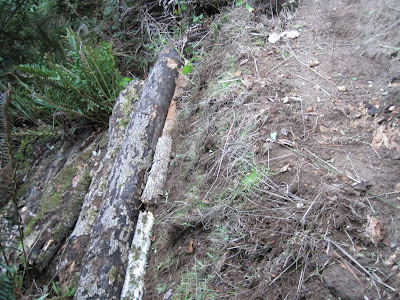
All the elder just finished blooming in these parts. To celebrate, we picked some elderflowers and made some delicious elderflower fritters.
They were divine, and I'm not just saying that because I was raised in Georgia and love fried food. The flowers effuse the batter and make a fragrant and sweet treat.
Okay, to be honest, it reminded me of those amazing/obscenely decadent funnel cakes I used to get at Six Flags over Georgia. So maybe it all about the south.
This is what elderflowers look like before you dip them in the love:

And here's how to make elderflower fritters in ten easy steps:
1. Pick elder flowers, fresh white ones, not green ones. Be careful with your ID, of course, they sort of resemble blooming hemlock which is poisonous. Also, elder is a tree!
2. Clip the flowers down so there's just a bit of stem to dip with.
3. In a large mixing bowl, proceed to make a batter mix. We used one egg, a cup of flour, a teaspoon of baking soda, a teaspoon of sugar, and a pinch of salt. But you could also just use pancake mix if you want to make it really, really easy.
4. For best results, let the batter sit a minute or two to thicken.
5. Meanwhile, heat up your pan with an inch of cooking oil. We actually used olive oil, but something lighter is probably better.
6. Dip the flowers into the batter.
7. Plunk those mugs in the hot oil and fry to a golden brown.
8. Optional: Sprinkle with powdered sugar.
9. Serve piping hot a la Six Flags over Georgia circa 1986.
10. Bask in the afterglow and rest assured that whatever health benefits offered up by fresh elderflower are effectively zeroed out by all the hot grease.
















